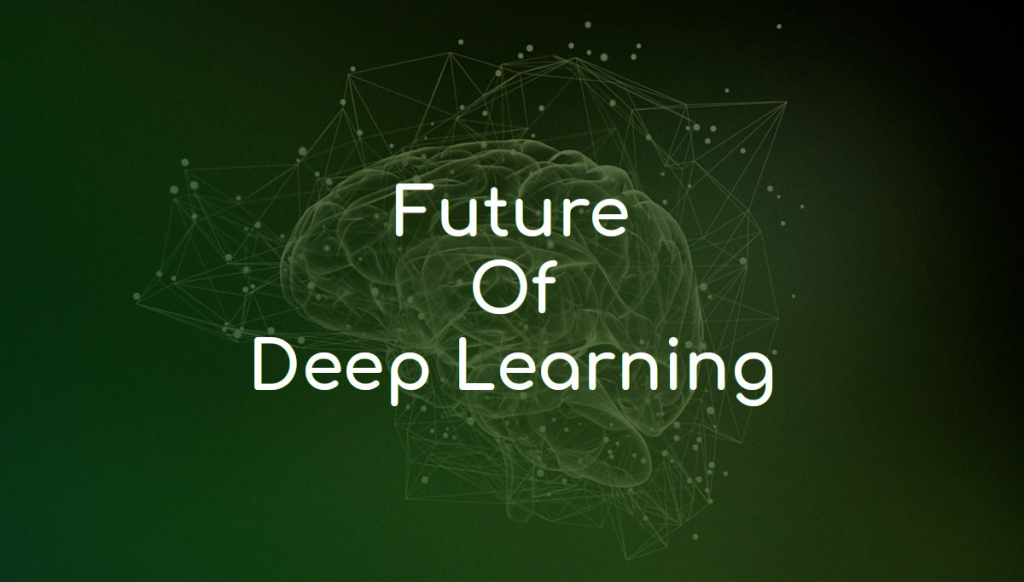Upgrade & Secure Your Future with DevOps, SRE, DevSecOps, MLOps!
We spend hours on Instagram and YouTube and waste money on coffee and fast food, but won’t spend 30 minutes a day learning skills to boost our careers.
Master in DevOps, SRE, DevSecOps & MLOps!
Learn from Guru Rajesh Kumar and double your salary in just one year.

Deep learning has been at the forefront of artificial intelligence research for the past few years. With the enormous amounts of data available, deep learning frameworks have become an essential tool for data scientists and machine learning engineers. In this blog post, we will explore the world of deep learning frameworks, their importance, and how they are revolutionizing the world of AI.
What are Deep Learning Frameworks?
Deep learning frameworks are software libraries that enable developers to create and train deep neural networks. These frameworks provide a high-level interface for building and designing models, allowing developers to focus on the architecture and training of the network. Some of the most popular deep learning frameworks are TensorFlow, PyTorch, and Keras.
The Importance of Deep Learning Frameworks

Deep learning frameworks have become essential tools in the field of machine learning. They provide a simplified interface for designing and training deep neural networks, which makes it easier for developers to experiment with different architectures and techniques. This, in turn, has led to significant advancements in the field of AI.
TensorFlow: The King of Deep Learning Frameworks
TensorFlow is one of the most popular deep learning frameworks. Developed by Google Brain, it has become the go-to framework for building and training complex deep neural networks. TensorFlow offers a wide range of tools and utilities, making it easy for developers to create and test their models. Its flexibility and scalability have made it the framework of choice for many major companies, including Airbnb, Intel, and Dropbox.
PyTorch: The Rising Star
PyTorch is a relatively new deep learning framework that has quickly gained popularity among developers. Developed by Facebook’s AI research team, PyTorch offers a more dynamic approach to building and training models than TensorFlow. It allows for more flexibility in model building and debugging, making it easier to experiment with different architectures and techniques. This has made it a popular choice among researchers and academics.
Keras: The Easy-to-Use Framework
Keras is a high-level deep learning framework that offers a simplified interface for building and training models. Developed by François Chollet, Keras provides a user-friendly API that makes it easy for developers to create and test their models. Its simplicity and ease of use have made it a popular choice for beginners and those who want to quickly prototype their models.
The Future of Deep Learning Frameworks

The field of deep learning is constantly evolving, and so are the frameworks that power it. As new techniques and architectures emerge, deep learning frameworks will continue to play a crucial role in advancing the field of AI. With the rise of edge computing and the Internet of Things, frameworks that can operate on low-power devices will become increasingly important. The future of deep learning frameworks looks promising, and we can expect to see even more innovation in the years to come.
Conclusion
Deep learning frameworks have revolutionized the world of AI, making it easier for developers to build and train complex deep neural networks. TensorFlow, PyTorch, and Keras are just a few of the many frameworks available, each with its own strengths and weaknesses. As the field of AI continues to evolve, deep learning frameworks will play an increasingly important role in advancing the field. So, whether you’re a developer, researcher, or just someone interested in AI, deep learning frameworks are definitely worth exploring.